Turbidity Currents
Turbidity Currents Are Underwater Currents That Are Generated Primarily By Density Differences Between Water That Is Suspended With Sediment And Surrounding Water. These Sediment-Laden Flows Of Water Form When Sediment Is Abruptly Released From An Underwater Source, Such As A Submarine Canyon, Slope Failure, Or An Underwater Landslide. As The Sediment Within The Current Falls, It Picks Up Speed From The Gradual Decrease In Water Pressure, Resulting In A Flowing Column Of Sediment And Water That Moves Downwards. Depending On The Amount Of Sediment That Is Dispersed, The Current May Reach Speeds Of Up To 17 Km/H. During An Event, Turbidity Currents Can Transport Sediment Across A Large Distance And Influence The Contours Of A Seafloor. They May Also Carry Climate Sensitive Material From The Seabed, Providing An Insight Into Ancient Climatic Conditions. As Turbidity Currents Pass Through The Seafloor, Their Sedimentary Load Is Often Transported Into Deeper Depths And Eventual Deposition, Forming Large Amounts Of Sedimentary Rocks And Landscapes Known As Turbidites. In Addition To Sedimentary Deposition, Turbidity Currents Can Contribute To The Development And Evolution Of The Ocean’s Currents, As The Turbid Waters Within The Current May Travel For Kilometers To Mix With Surrounding Waters. As The Currents Develop, Cooler And Denser Waters Will Eventually Replace The Warm Surface Waters On The Seafloor, And Current Temperature And Salinity Levels Will Adapt Accordingly. Overall, Turbidity Currents Are Complex Geological Processes That Play A Vital Role In The Overall Evolution Of The Ocean Floor. By Contributing To Sedimentary Deposition And The Development Of Ocean Circulation, These Flows Of Sediment-Laden Waters Have A Lasting Impact On The Seafloor.
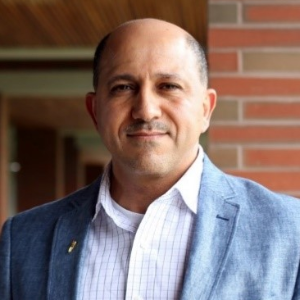
Hossam A Gabbar
Ontario Tech University, Canada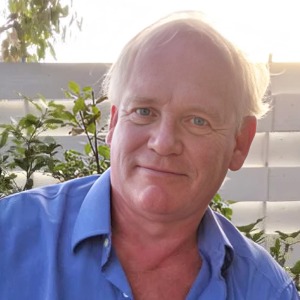
Victor John Law
University College Dublin, Ireland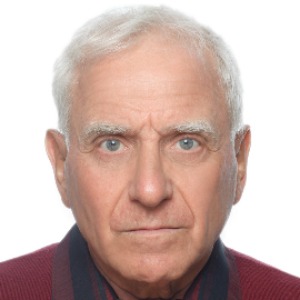
Alexander Bagaturyants
National Research Nuclear University MEPhI, Russian Federation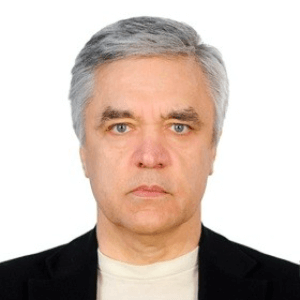
Sergey Suchkov
N.D. Zelinskii Institute for Organic Chemistry of the Russian Academy of Sciences, Russian Federation
Shree Niwas Chaturvedi
Centre for Aptitude Analysis and Talent Search, India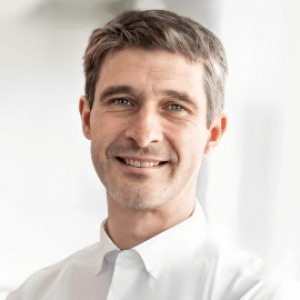
Pieter Samyn
SIRRIS, Belgium




Title : Advances in plasma-based radioactive waste treatment
Hossam A Gabbar, Ontario Tech University, Canada
Title : Unraveling the ultrastructure and functions of the neuronal membrane skeleton using super-resolution fluorescence microscopy
Zhou Ruobo, Djillali Liabes University of Sidi Bel Abbes, Algeria
Title : Solar box cooker dehydration, and relative humidity endpoint detection, of lamiaceae culinary leaves on the island of Crete
Victor John Law, University College Dublin, Ireland
Title : Nutrient and heavy metal loads from the Ribeiras to Coastal zones: A land-ocean continuum perspective in Madeira Island
Aracelis Del Carmen Narayan Rajnauth, University of Porto, Portugal
Title : Prospective polyoxometalate-based covalent organic framework heterogeneous catalysts
Arash Ebrahimi, Comenius University Bratislava, Slovenia
Title : Eliminating implant failure in humans with nano chemistry: 30,000 cases and counting
Thomas J Webster, Brown University, United States